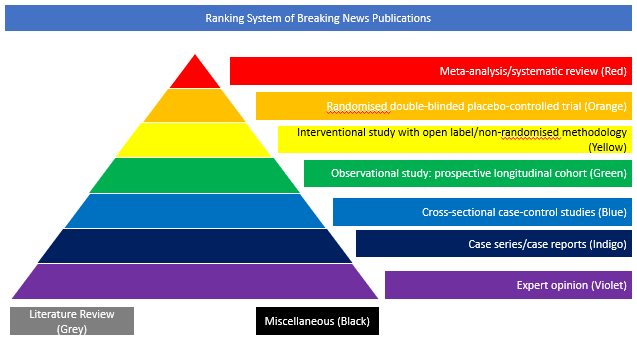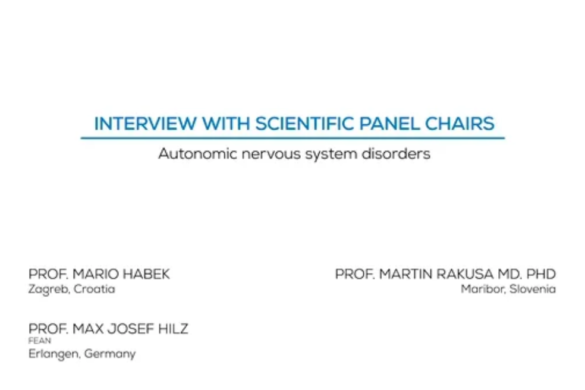Case series/case reports (Indigo)
Superspreading events (SSEs) have characterised previous epidemics of severe acute respiratory syndrome coronavirus (SARS-CoV) and Middle East respiratory syndrome coronavirus (MERS-CoV) infections. For SARS-CoV-2, the degree to which SSEs are involved in transmission remains unclear, but there is growing evidence that SSEs might be a typical feature of COVID-19. In this paper recently published in Nature Medicine, using contact tracing data from 1,038 SARS-CoV-2 cases confirmed between 23 January and 28 April 2020 in Hong Kong, the authors identified and characterised all local clusters of infection. They identified 4–7 SSEs across 51 clusters (n = 309 cases) and estimated that 19% (95% confidence interval, 15–24%) of cases seeded 80% of all local transmission. Transmission in social settings was associated with more secondary cases than households when controlling for age (P = 0.002). Decreasing the delay between symptom onset and case confirmation did not result in fewer secondary cases (P = 0.98), although the odds that an individual being quarantined as a contact interrupted transmission was 14.4 (95% CI, 1.9–107.2). The authors concluded that public health authorities should focus on rapidly tracing and quarantining contacts, along with implementing restrictions targeting social settings to reduce the risk of SSEs and suppress SARS-CoV-2 transmission.
DOI: https://doi.org/10.1038/s41591-020-1092-0












